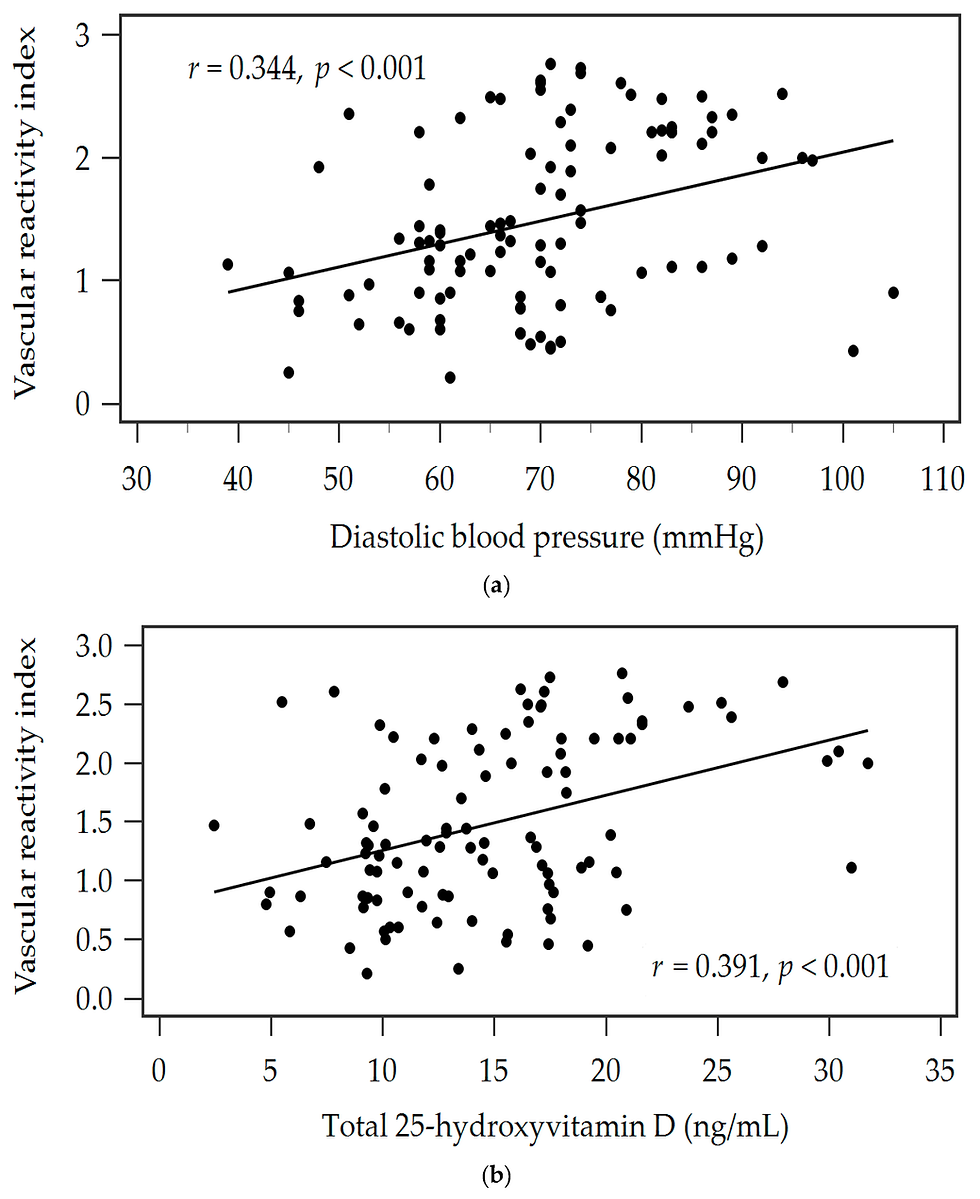Evaluation of digital thermal monitoring as a tool to assess perioperative vascular reactivity
- heartlung
- Jan 9, 2023
- 1 min read
Robert Schier, Hanke E Marcus, Eduardo Mansur, Xiudong Lei, Randa El-Zein, Reza Mehran, Ron Purugganan, Jagtar Singh Heir, Bernhard Riedel, Vijaya Gottumukkala
J Atheroscler Thromb 2013;20(3):277-86.
Abstract
Aim: The inflammatory response following tissue injury after major surgery is known to affect endothelial function and vascular reactivity. In this study we evaluated the utility of bedside Digital Thermal Monitoring (DTM) as a surrogate for evaluating vascular function in the postoperative period.
Methods: Ischemia-induced reactive hyperemia variables were measured in sixty patients scheduled for major thoracic surgery using DTM (VENDYS 5000BC; Endothelix, Inc., Houston, TX, USA) at baseline and at 24, 48, 72 hours, and day 5 postoperatively. Furthermore, baseline DTM variables (TR, aTR and AUCTR) and postoperative kinetics of these variables were compared among patients with and without preoperative chemo-radiation and cardiovascular risk factors.
Results: There were no significant differences in the DTM parameters measured at baseline and on each of the studied postoperative days. Compared to the baseline, the lowest measures of all variables were observed 24 hrs postoperatively and the highest measures of all variables were observed at 72 hrs. Patients with abdominal obesity and smoking had lower DTM values than the rest of the study group.
Conclusions: In our study, DTM as measured by the VENDYS 5000BC DTM system (Endothelix, Inc.) did not reveal significant changes in ischemia-induced reactive hyperemia (vascular reactivity) between the baseline and after surgery in the postoperative period. Patients with certain cardiovascular risk factors (abdominal obesity, smoking) had a significant lower DTM signal. Whether this novel non-invasive technique is able to serve as a perioperative diagnostic tool for patients in a clinical setting warrants further study.
Read Full Text Here: https://pubmed.ncbi.nlm.nih.gov/23197179/


![Lipoprotein(a) levels predict endothelial dysfunction in maintenance hemodialysis patients: evidence from [VENDYS] vascular reactivity index assessment](https://static.wixstatic.com/media/dac531_5285607cc591409a9d83746f042af7c6~mv2.png/v1/fill/w_980,h_980,al_c,q_90,usm_0.66_1.00_0.01,enc_avif,quality_auto/dac531_5285607cc591409a9d83746f042af7c6~mv2.png)
Comments